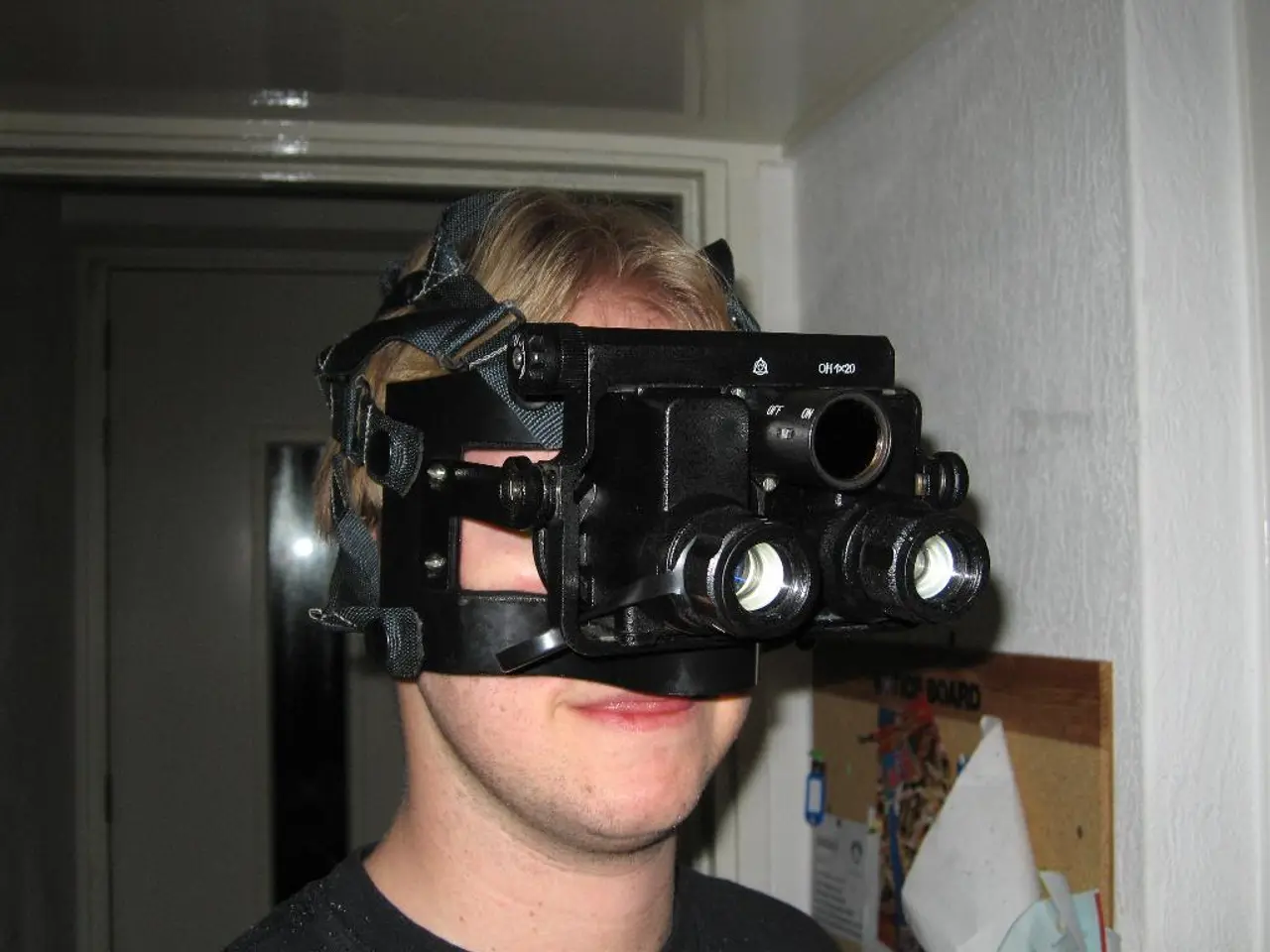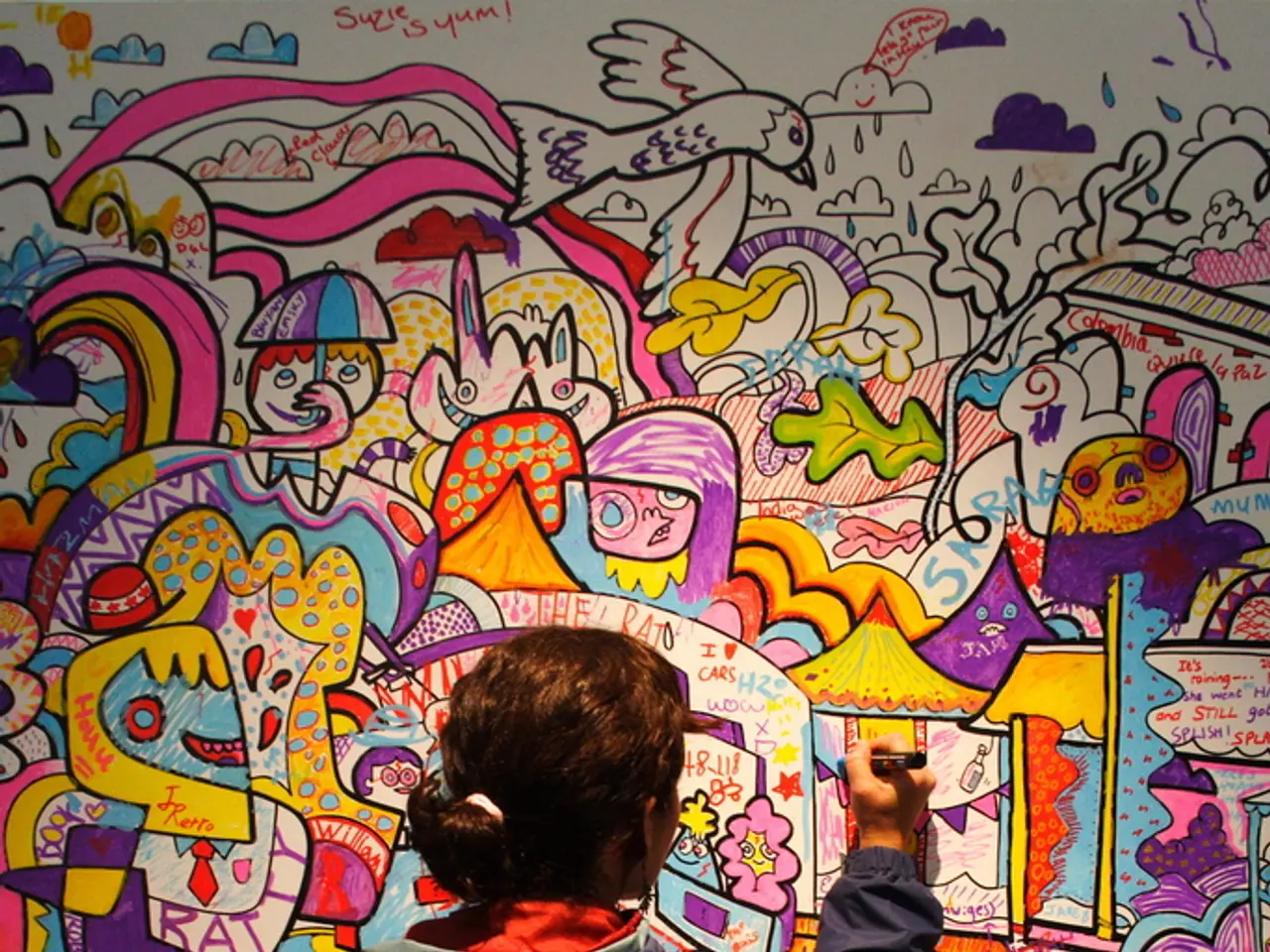Creatives shifting preference towards vocational education instead of conventional colleges
The Rise of Vocational Schools for Creative Individuals
In today's job market, where practical skills and rapid workforce entry are highly valued, the popularity of vocational schools for creative individuals is on the rise. These educational institutions offer a unique and appealing alternative to the traditional four-year college path, particularly for those with artistic talents.
One key factor driving this trend is the hands-on, practical training provided by vocational schools. Unlike traditional colleges, which often require a broad academic curriculum, vocational schools focus on skill development directly relevant to creative careers. This focus on practicality enables a quicker transition to employment.
Another contributing factor is the decline in funding for arts programs in public schools. As a result, families and students are seeking more reliable, private vocational or career and technical education (CTE) programs that combine artistic skills with real-world career preparation.
Vocational schools also challenge the stereotype of "starving artists" by connecting creative skills to stable job markets and industries such as media, entertainment, design, and technology. By emphasizing the viability and diversity of arts-related careers, these schools broaden perceptions and increase demand for specialized training.
Moreover, vocational programs often integrate current local and global labor market needs, making them relevant and tailored for employability. For example, they might focus on digital media, UX/UI design, animation, and green tech-related creative jobs.
The benefits of vocational schools extend beyond their relevance to the job market. They typically take a few months to two years to complete, allowing students to enter creative industries faster and often at lower cost than traditional degrees. This speed and affordability are particularly appealing in an evolving, competitive labor market.
This trend is particularly relevant today because public sector funding for arts education is waning, reducing access to consistent, quality instruction. Creative industries increasingly seek workers with specific technical skills and practical experience, which vocational schools provide. The broader recognition of creative careers as viable economic opportunities has also increased demand for specialized training tailored to evolving digital and media landscapes.
Global creative hubs like Toronto and Vancouver demonstrate strong demand for skilled creatives trained in vocational programs, reflecting the importance of targeted education to meet industry needs.
The Cosmetology & Spa Academy is one such institution that offers accredited cosmetology and esthetics programs, allowing students to turn their artistic talents into successful careers within 12 to 18 months. Students graduating from vocational schools often have hands-on experience, certifications, and job placement support.
In conclusion, vocational schools attract creative individuals by offering focused, practical training aligned with real-world job availability, faster program completion, and pathways that respond to public education shortfalls and evolving industry demands in today's competitive, innovation-driven creative economy. For those considering a vocational education, topics like the Psychology of Shapes in Logo designs might be an interesting area to explore. Vocational programs focus on teaching tangible skills from day one, equipping students with the practical knowledge needed to succeed in their chosen creative field.
- In the realm of creative careers, vocational schools cater to individuals who value practical skills and quick entry into the workforce, offering focused education in areas like digital media, UX/UI design, animation, and green tech-related creative jobs that align with modern industry needs.
- Beyond the job market relevance, vocational schoolsPresent an opportunity for self-development and career growth, providing training in education-and-self-development topics such as the Psychology of Shapes in Logo designs, which are crucial in the competitive, innovation-driven creative industry.




